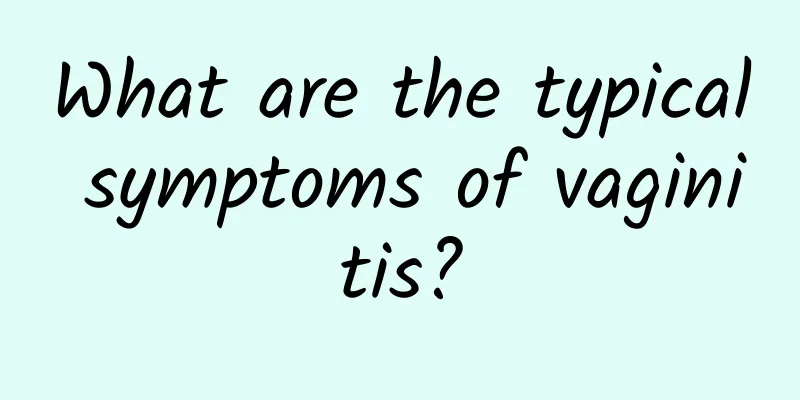Why haven't I had my period yet after 30 days of abortion?

|
If menstruation does not come 30 days after abortion, it may be due to intrauterine adhesions, menstrual disorders or re-pregnancy. The specific situation needs to be judged according to individual differences. 1. Uterine adhesion Artificial abortion may damage the endometrium and cause intrauterine adhesions. In this case, the endometrium cannot proliferate and secrete normally, and menstruation may be delayed. Some women may experience relief over time. If there is no obvious discomfort, you can observe for a period of time. However, if the symptoms persist or worsen, it is recommended to seek medical attention in time. 2. Menstrual disorders Abortion can disrupt the normal balance of hormones in the body, affect the function of the hypothalamus-pituitary-ovarian axis, and lead to menstrual disorders. Usually, hormone levels return to normal in a short period of time. It is recommended to wait two weeks to see if menstruation resumes. If it has not resumed after more than 60 days, it is best to go to the hospital for a check-up to rule out other potential problems. 3. Getting pregnant again After an abortion, women may resume ovulation soon. If you have unprotected sex during your ovulation period, you may become pregnant again. You can confirm pregnancy by testing your blood or urine for human chorionic gonadotropin levels. 4. Psychological factors Abortion may have an impact on women's psychology, causing anxiety or stress, which may affect the menstrual cycle. Maintaining a good mental state and relaxing appropriately may help restore menstruation. 5. Lifestyle Adjustment Bad living habits such as staying up late and irregular diet may also affect menstruation. It is recommended to maintain a healthy lifestyle, regular work and rest, balanced diet, and moderate exercise to help the body recover. 6. When to see a doctor If menstruation has not resumed for more than 60 days, or is accompanied by severe abdominal pain, abnormal discharge, etc., it is very important to seek medical attention in time. The doctor can provide a specific diagnosis and treatment plan through examination. Through these methods and suggestions, we hope to help women who have undergone abortion to better understand their physical condition. Maintaining a healthy lifestyle and a positive attitude are important factors in restoring health. |
<<: What are the symptoms of ovarian cysts?
>>: Is pelvic inflammatory bleeding serious?
Recommend
How to use medication for patients with Bartholinitis
Bartholinitis refers to inflammation of the Barth...
Why do uterine fibroids recur after surgery?
In modern society, medical technology is developi...
What is the reason for early menstruation every time?
What is the reason for early menstruation every t...
A way to regulate menstruation for those with weak constitutions
The patient is physically weak, has poor appetite...
How to treat endometrial tuberculosis most thoroughly
Modern women are under great pressure in life, so...
Common symptoms of uterine fibroids
Uterine fibroids are the most common benign fibro...
High bad cholesterol increases the risk of myocardial infarction and stroke! 7 must-eat foods to lower cholesterol
Modern people often eat a lot of meat and fish, s...
Learn more about the causes of recurrent vaginitis
Vaginitis is a common gynecological inflammation ...
Treatment for vulvar itching
What are the good ways to treat vulvar itching? V...
The most common hazards of uterine fibroids in life
The harmful effects of uterine fibroids are actua...
Let's take a look at the dietary taboos for uterine fibroids
It is important for patients with uterine fibroid...
Analysis of the main symptoms of early ovarian cysts
Generally speaking, many patients have obvious sy...
Early symptoms of ectopic pregnancy that must be prevented
I don't know if you know the early symptoms o...
What are the main symptoms of cervical hypertrophy?
Experts point out that cervical hypertrophy is a ...
Patients with ovarian cysts should understand the diagnosis basis in advance
Ovarian cysts are a very common disease among wom...









